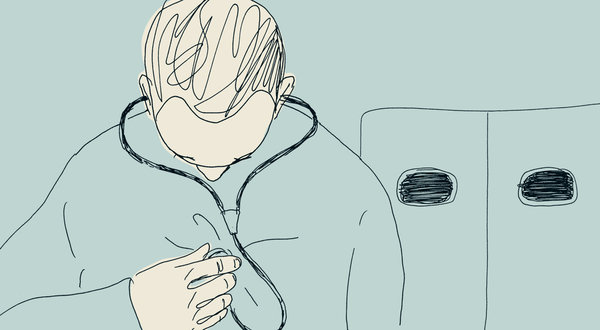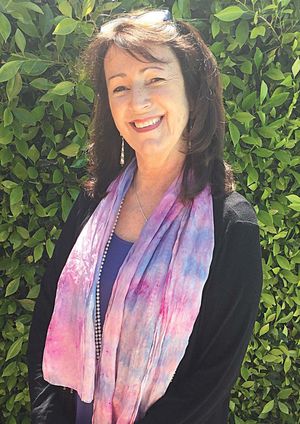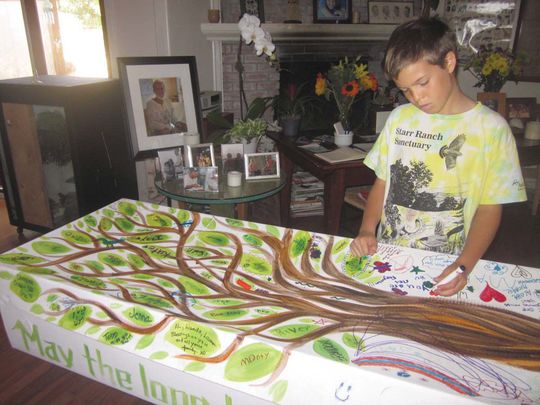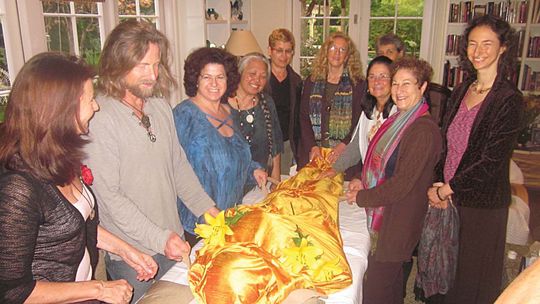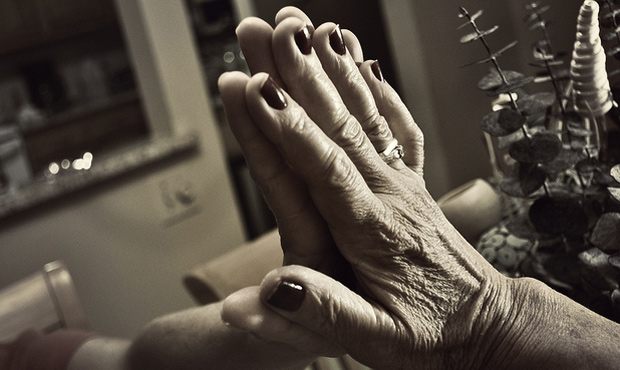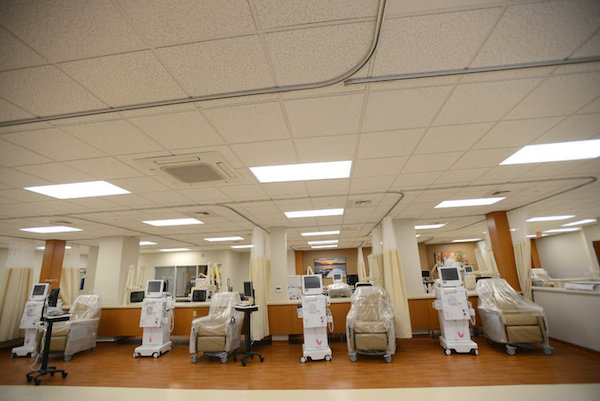
By
[H]er last conversation should not have been with me.
I’d just arrived for the night shift in the I.C.U. when her breathing quickened. I didn’t know much about the patient, and the little I did know wasn’t good: She had cancer. Her lungs were filled with fluid. As her breathing deteriorated and her oxygen levels plunged, I searched the chart for her wishes in an emergency. Nothing.
I explained to her how rapidly her condition had worsened and asked if she’d discussed intubation and mechanical ventilation. She shook her head; she didn’t think it would get so bad so fast. Together we called her husband, who had just left for the evening, but there was no answer.
“If we do it, when will I…” she paused. “When will I wake up?”
I hesitated. It was as likely as not that she wouldn’t. I explained that we never leave patients intubated longer than necessary, but when people were as sick as she was it was impossible to know when — or even if — they would be extubated.
“O.K.,” she said. “Do it.”
There are, no doubt, differing opinions on what constitutes a good death. But this, inarguably, was not one.
For years the medical profession has largely fumbled the question of what we should do when there’s nothing more we can do. A new wave of research sheds light on what patients want at the end of life, and who is — or isn’t — getting it.
Despite growing recognition that more care isn’t necessarily better care, particularly at the end of life, many Americans still receive an enormous dose of medicine in their final days. On average, patients make 29 visits to the doctor’s office in their last six months.
In their last month alone, half of Medicare patients go to an emergency department, one-third are admitted to an I.C.U., and one-fifth will have surgery — even though 80 percent of patients say they hope to avoid hospitalization and intensive care at the end of life.
Medicare spending for patients in the last year of life is six times what it is for other patients, and accounts for a quarter of the total Medicare budget — a proportion that has remained essentially unchanged for the past three decades.
It’s not clear all that care improves how long or how well people live. Patients receiving aggressive medical care at the end of life don’t seem to live any longer, and some work suggests a less aggressive approach buys more time. Despite a popular misconception, doctors don’t die much differently: Physicians use hospice care and die in hospitals at rates similar to everyone else.
Two interventions have consistently been shown to help patients live their final days in accordance with their wishes: earlier conversations about their goals and greater use of palliative care services, which emphasize symptom control and greater psychological and spiritual well-being — and which recognize that longer survival is only part of what patients want.
Patients who engage in advance care planning are less likely to die in the hospital or to receive futile intensive care. Family members have fewer concerns and experience less emotional trauma if they have the opportunity to talk about their loved one’s wishes. And earlier access to palliative care has consistently been linked to fewer symptoms, less distress, better quality of life — and sometimes longer lives.
We’ve made significant progress in recent years: The availability of palliative care services has increased 150 percent over the past decade, and compared with patients in other developed countries, older Americans with cancer are now the least likely to die in a hospital (22 percent versus up to 51 percent). But not everyone has benefited from the palliative care movement: Large disparities remain by geography, race and type of illness.
Ninety percent of hospitals with more than 300 beds now have a palliative care program, but only 56 percent of smaller hospitals do. Patients treated at for-profit and public safety net hospitals (known for taking in those who have no insurance) are much less likely than those in nonprofit hospitals to have access to palliative care.
Complete Article HERE!

